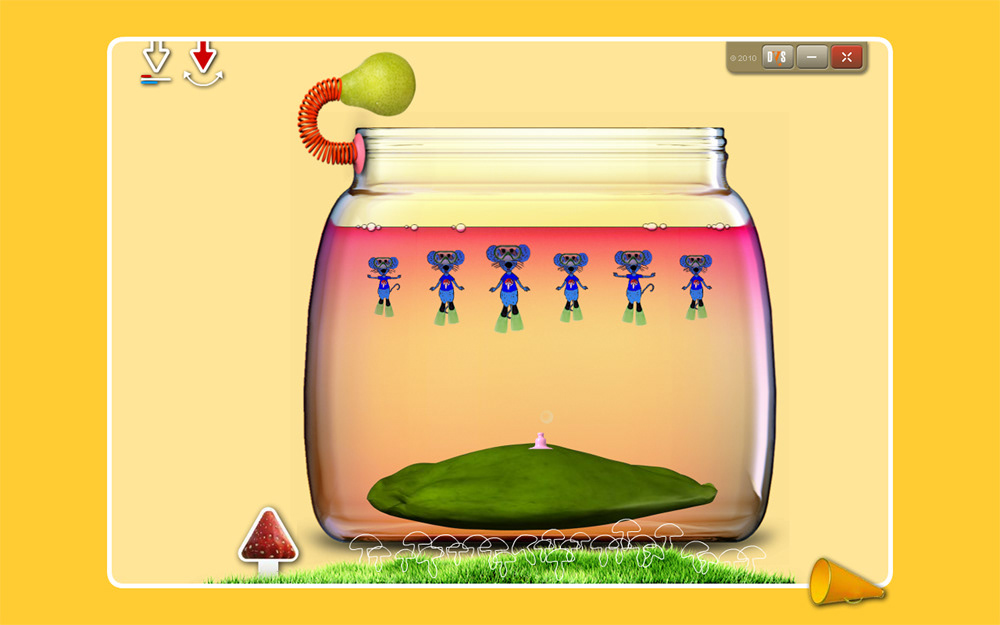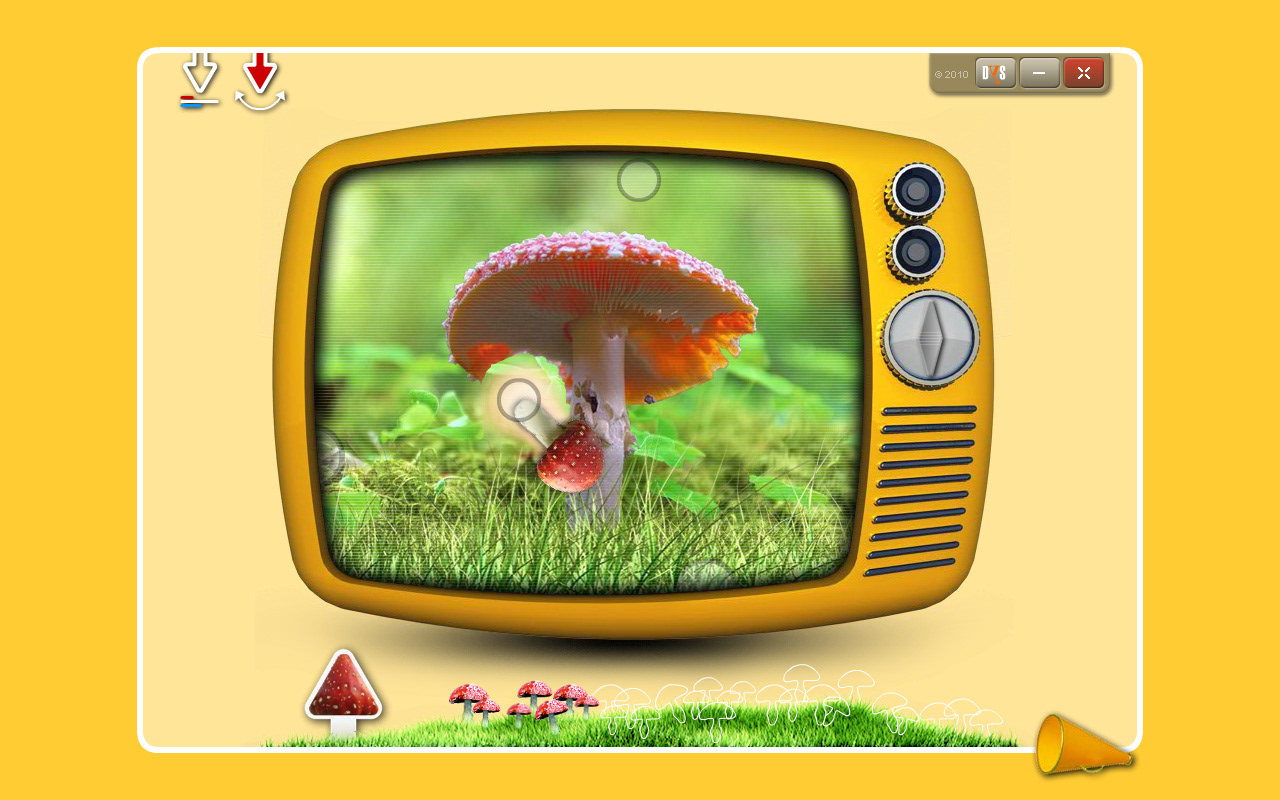Multimediální Interaktivní Slabikář a Testy pro prevenci a možné odhalení počátečních problémů se psaním a čtením pro děti od 4 let
nteraktivní multimediální slabikář je určen pro všechny děti od 4 let, slouží jako prevence počátečních problémů se čtením (dyslexie), psaním (dysgrafie) a hyperaktivitou. Slabikář využívá faktu, že dítě po narození vidí první tvar a nezná jeho název. Přirozeně svému vnímaní tak přechází z tvaru hraček na písmenka. A právě na tomto principu je projekt založen. Děti, jež by měly v budoucnu problém se psaním a čtením, využívají převážně pravou část hemisféry mozku. Ta zpracovává obraz a právě dítě v předškolním věku, které by mohlo být dítětem s rizikem dyslexie, dysgrafie a dalších specifických poruch učení, může tuto funkci pravé hemisféry využít k lepšímu chápání písmen. Slabikář je interaktivní, multimediální příběh dvou ježků jedoucích na výlet, za účelem naučit se písmenka. Letí s nimi i jejich starší kamarád pták Písmenko. Písmenka jsou všude kolem ve věcech, které potkávají. Oba rádi fotografují, tak si vše vyfotí a tyto snímky se stávají abecedou. Na každé písmenko v abecedě je napsána i hudba. Je využíváno reálné prostředí, které je podmínkou pro celý projekt; nic není vymyšleno, vše je skutečné. Děti v předškolním věku pracují s realitou prostředí, ve kterém žijí. Princip tvarů se využívá ve slabikáři; např. písmenko H v řecké abecedě nepředstavuje holuba, husu „zvukem“, ale třeba tvarem koleje, ve kterých písmenko H můžeme vidět několikrát. Takto: Písmenka lze natáčet, naklánět, hledat kolem sebe, dát je do správné polohy; díky čemuž si děti písmenka lépe osvojí. Slabikář je zaměřen na podporu obou hemisfér a spolupráci mezi nimi, koncentraci, prostorovou orientaci, rozšíření vědomostí, rozlišování tvarů, paměť, motoriku, sluch. Idea jde aplikovat na jakýkoliv světový jazyk, slabikář pak na jakýkoliv druh uspořádané sady znaků písmen (abeceda, azbuka atd.).
Multimedia Interactive alphabet book and Tests children from the age of 4 upwards to detect and prevent possible initial problems in reading and writing
Multimedia Interactive Alphabet book The alphabet book makes use of the fact that newborn babies at first see shapes without naming them. Later, according to their development, children naturally switch from perception of the shape of objects and playing with things to the shape of letters. This is the principle our project is based on. The alphabet book is an interactive multimedia story. It follows the journey of two hedgehogs that go on a cycling trip in order to learn the letters of the alphabet. They are accompanied by their older friend, the bird „Letter“. The letters are all around, in objects and items, that come to their way. Both hedgehogs love taking pictures, so they photograph everything, these images become gradually an alphabet. A piece of music characterises each letter. The concept of letter´s shapes is used in the alphabet book as follows: The letter H is not related to how it sounds as in hedgehog or helicopter, but it is based on the letters’ shape. For example, train tracks with their sleepers form the letter H, which can be seen repeatedly. Like this: Letters can be rotated to the different positions around us; child can put them to correct position in the programme and that way learn the letters. The alphabet book is intended to support both hemispheres of the brain, and the cooperation between them, as well as concentration, spatial orientation, expanding knowledge, distinguishing shapes, memory, motor skills and hearing. This idea can be applied to any structured set of characters.



Multimediální testy
Označit dítě za dyslektické již v předškolním věku není zcela možné. Můžeme však identifikovat problém, který tomuto handicapu předchází. Testy mohou být prvním alarmem, který rodiče upozorní na počáteční problémy, které by dítě v budoucnu mohlo mít se psaním a čtením. Jde především o to, aby děti s testy chtěly pracovat a tím trénovat, aktivovat a propojovat obě hemisféry. Úkoly jsou zaměřeny na zrakové vnímání, paměť, orientaci, sluch, koncentraci apod., tedy vše, co má dítě znát, aby se naučilo dobře číst a psát.
Multimedia tests
It is not entirely possible to label a child at pre-school age as dyslectic. However, we can identify problems that precede this handicap. It is crucial, that children are willing to work with the tests; and that way train, activate and connect the two hemispheres of the brain. The tasks are focused on visual perception, memory, orientation, hearing, concentration, etc.; all in all everything a child should know to learn how to read and write properly
It is not entirely possible to label a child at pre-school age as dyslectic. However, we can identify problems that precede this handicap. It is crucial, that children are willing to work with the tests; and that way train, activate and connect the two hemispheres of the brain. The tasks are focused on visual perception, memory, orientation, hearing, concentration, etc.; all in all everything a child should know to learn how to read and write properly






